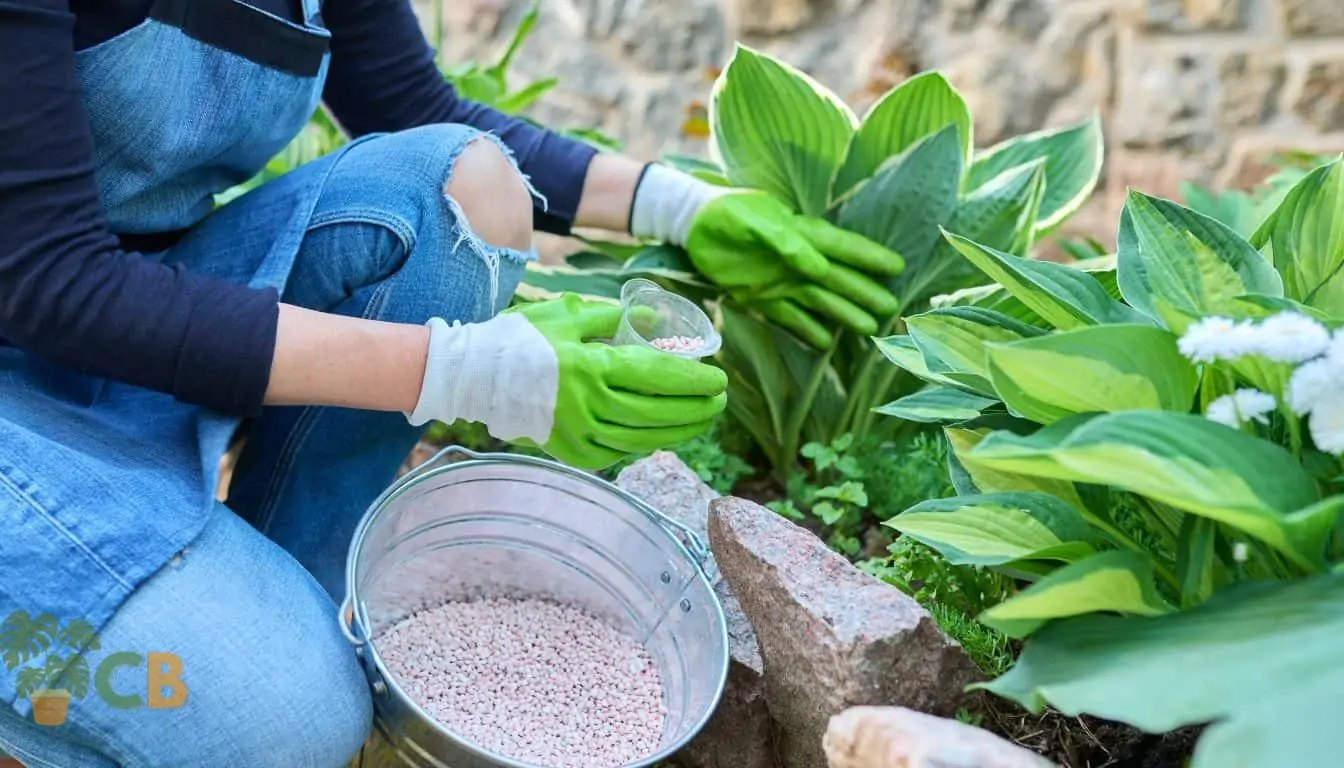What Plants Don't Like Epsom Salt? A Comprehensive Overview
What Plants Don't Like Epsom Salt? A Comprehensive Overview
Blog Article
Explore Why Some Plants Decline Epsom Salt as a Nutrient Resource
In the detailed world of plant nourishment, the being rejected of Epsom salt as a sensible nutrient source by some plants positions an intriguing quandary. The factors behind this discerning actions dig into an intricate interplay of plant absorption devices, the distinct chemical framework of Epsom salt, and plant-specific nutrient preferences.
Plant Absorption Mechanisms
In delving into the elaborate world of plant absorption devices, it ends up being evident that the process is governed by an innovative interplay of physical dynamics and molecular paths. Plants soak up nutrients mostly via their roots, making use of different transportation systems to uptake important aspects such as nitrogen, magnesium, phosphorus, and potassium. Magnesium, a vital element in chlorophyll synthesis and enzyme activation, plays a crucial role in plant development and development.
The absorption of magnesium involves numerous steps, starting with its accessibility in the dirt remedy. As soon as liquified, magnesium ions are occupied by plant roots through details transportation healthy proteins installed in the cell membranes. These proteins help with the movement of magnesium across the root cell wall surfaces and into the plant's vascular system, where it is then dispersed to different tissues to sustain different physical functions.
Understanding the intricate systems behind magnesium absorption in plants clarifies exactly how this necessary nutrient contributes to total plant health and wellness and productivity. By maximizing magnesium uptake paths, farmers can boost plant returns and high quality, underscoring the importance of understanding plant absorption dynamics for sustainable agriculture techniques.
Epsom Salt Chemical Structure
The chemical framework of Epsom salt, additionally recognized as magnesium sulfate heptahydrate, discloses a distinct setup of components that add to its unique residential properties and applications. The 7 water molecules are loosely bonded to the magnesium sulfate compound, allowing it to liquify conveniently in water and be conveniently taken up by plants via their origins.
The crystal structure of Epsom salt develops monoclinic prisms, which are lengthened crystals with identical ends. This crystal shape affects the physical buildings of Epsom salt, such as its structure and solubility. Recognizing the chemical structure of Epsom salt is critical for understanding its actions as a nutrient source and its communications with plants in horticultural and farming techniques.
Plant-Specific Nutrient Preferences
Plants exhibit distinctive preferences for certain nutrients, highlighting the value of understanding their private needs for optimal development and growth. These choices are determined by numerous variables, consisting of the plant species, stage of growth, environmental conditions, and dirt make-up. Some plants might grow in nitrogen-rich dirts, while others call for more find out here phosphorus or potassium for healthy and balanced development. Recognizing these plant-specific nutrient choices is essential for optimizing crop yields, enhancing decorative plant development, and promoting general plant wellness - what plants don't like epsom salt.

Plant-specific nutrient choices can additionally differ based on whether the plant is a monocot or dicot. Monocots, such as grasses and lilies, have different nutrient needs contrasted to dicots like roses and tomatoes. Furthermore, particular plants may exhibit particular shortages or toxicities when exposed to excess or poor levels of specific nutrients. By customizing nutrient supplementation to fulfill the exact demands of each plant species, cultivators can enhance plant development, minimize nutrition waste, and assistance sustainable agricultural practices.

Soil Ph and Nutrient Uptake
Dirt pH plays a vital function in determining the availability of vital nutrients for plant uptake. Acidic dirts with a lower pH are desirable for plants like azaleas and blueberries, while alkaline soils with a greater pH match plants such as lilacs and clematis.
Soil pH affects the chemical kinds of nutrients in the soil. In acidic soils, nutrients like iron, manganese, and light weight aluminum can come to be extra available, however too much acidity can cause poisoning problems. On the other hand, alkaline soils may restrict the accessibility of nutrients like zinc, iron, and copper, affecting plant growth. Keeping the ideal pH level in the dirt is necessary for making sure that plants can effectively uptake the essential nutrients for their healthy and balanced growth and performance.
Genetic Elements in Nutrient Uptake
In the realm of plant nourishment, the interaction of hereditary factors significantly affects the uptake of crucial nutrients crucial for plant development and growth. Hereditary factors play a pivotal function in shaping a plant's capability to soak up and make use of check that nutrients effectively.
In addition, hereditary aspects additionally identify the performance of nutrient uptake mechanisms within plants. Some plants may possess genetic qualities that enhance their capability to scavenge nutrients from the dirt successfully, offering them a competitive benefit in nutrient-poor environments. On the other hand, genetic variants can likewise bring about constraints in nutrient uptake, making specific plants much more prone to deficiencies also when nutrients are abundant in the dirt.
Recognizing how hereditary elements affect nutrient uptake is essential for developing techniques to maximize plant nourishment and boost plant performance in various agricultural setups. By deciphering the genetic systems included in nutrient uptake, scientists can function towards establishing genetically improved plant ranges with boosted vitamins and mineral acquisition capacities.
Verdict

In the detailed globe of plant nourishment, the rejection of Epsom salt as a practical nutrient source by some plants presents a fascinating dilemma. what plants don't like epsom salt. Comprehending these plant-specific nutrient preferences is crucial for making the most of crop yields, enhancing ornamental plant growth, and advertising overall news plant health and wellness
By customizing nutrient supplements to meet the accurate requirements of each plant types, growers can enhance plant development, minimize nutrition waste, and support sustainable agricultural methods.
In the realm of plant nutrition, the interaction of hereditary variables considerably influences the uptake of important nutrients vital for plant growth and advancement. Recognizing these complexities in plant nutrient uptake is critical for enhancing plant growth and health and wellness in farming practices.
Report this page